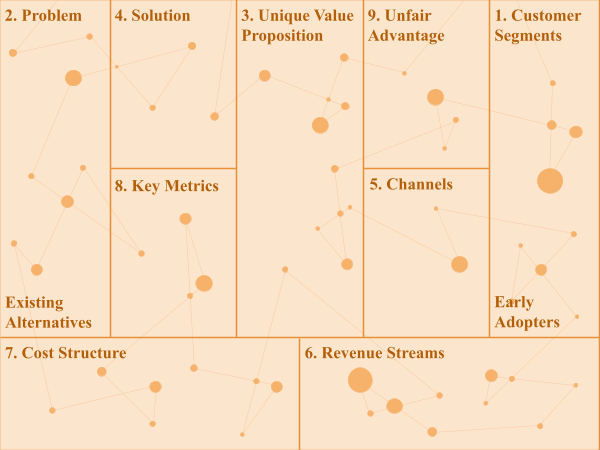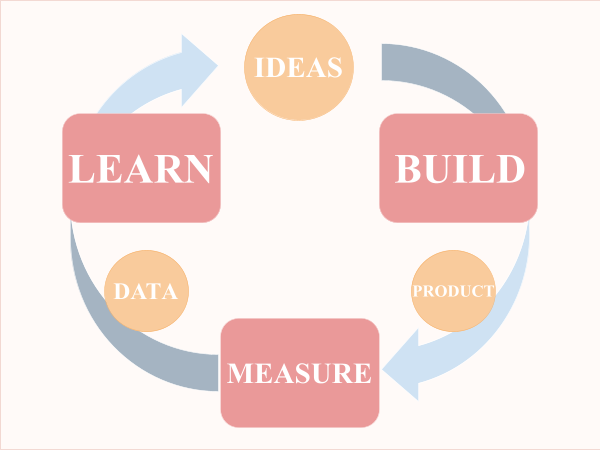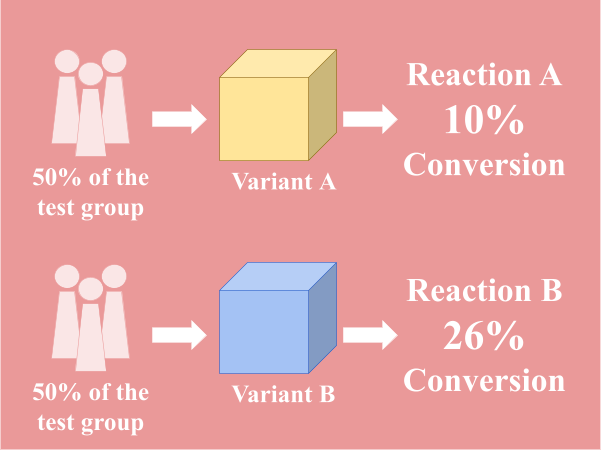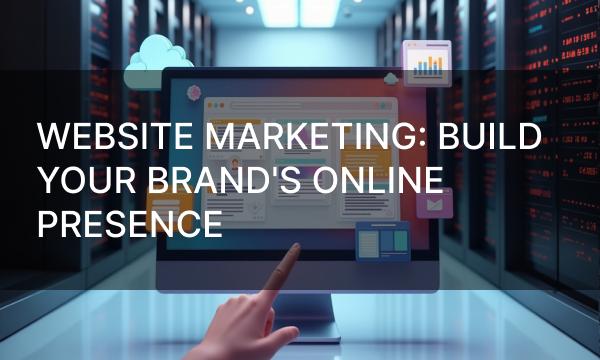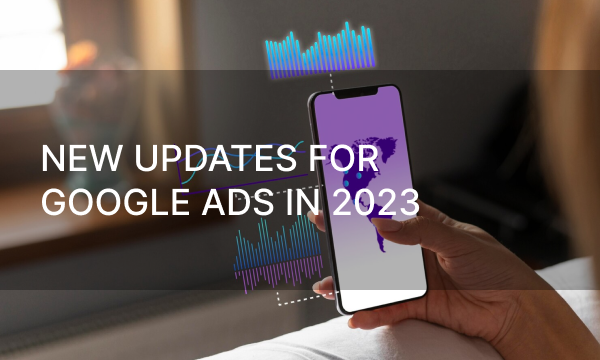Picture this: you want to launch a unique new product designed to make your brand stand out, attract attention, and win new loyal customers. Developing a product is already a time-consuming and complex process – but you also need to convince your product team, business partners, or potential investors that your idea is exactly what they need.
A hundred-page report on potential benefits, endless graphs predicting revenue growth, or lengthy presentations where you explain the concept again and again might not do the trick.
To capture people’s interest, you need a presentation that’s concise yet comprehensive, breaking your idea down into clear, “bite-sized” pieces.
Let’s explore who needs Lean Canvas, why they need it, and when it can help.
Lean Canvas Model And Lean Startup
Lean Canvas is a business model based on the Lean Startup methodology, which focuses on flexibility, versatility, relevance, and continuous product development.
The main idea behind Lean Startup is to minimize risks and financial losses when launching new products by collecting customer feedback as early as possible and applying necessary changes quickly.
Lean Canvas is a flexible tool that can be adjusted and modified throughout the product development process without jeopardizing the estimated launch date — especially useful if your product idea is still evolving.
When you build and present your Lean Canvas, you also create your Minimum Viable Product (MVP), or prototype. The MVP is a basic physical or digital representation of your idea — simple in design but focused on showcasing the key features you aim to develop. Your Lean Canvas and your marketing efforts will both revolve around the prototype.
Who Is It For?
In short, Lean Canvas is designed for startups and test trials. It helps you collect and organize data, present a potential product, showcase risks, and explain the reasoning behind your idea clearly and concisely.
It is useful for:
- Launching a new product or service;
- Planning investments and budgeting;
- Analyzing issues with an existing product that struggles to stay in demand;
- Finding new target audiences for a product already in the market.
Lean Canvas is most often used by marketers, product managers, or startup leads to spread the idea internally and gather support.
Pros And Cons of Lean Canvas
While Lean Canvas is an excellent tool for startups, no marketing method is one-size-fits-all. Like anything, it has its limitations:
Pros:
- Visually detailed yet concise presentation of an idea;
- Saves time otherwise spent creating lengthy reports and presentations;
- Highly flexible, encouraging changes and updates;
- All product information gathered in a single table;
- Quickly highlights weak points and ways to fix them.
Cons:
- A Lean Canvas is not a final business plan — it’s a starting point;
- It requires constant updating as product development progresses;
- Large businesses may find Lean Canvas insufficient and need additional tools;
- It’s less suited for highly complex, layered projects.
How to Fill Out Lean Canvas Effectively
Visually, Lean Canvas looks like a table with nine unevenly sized sections. These sections can be rearranged, but their meaning stays the same. Each must be filled out properly for the full picture to come together.
1. Customer Segments
Define your customer first. Picture who will use your product: age, gender, interests, education, profession – every detail you can think of. Create a specific profile rather than claiming your product is ‘universal’ or ‘fitting for everyone’. Also, identify your Early Adopters – the first users who will test your product. They may include friends or family if they fit your target profile.
2. Problem
Focus on the problem your product solves for your target audience. Also, note what existing products address this problem and what their weaknesses are. Include key competitors in your analysis.
3. Unique Value Proposition
Based on the problem you identified, describe what unique features your product offers. Your competitors should either lack these features or be inconsistent in delivering them.
4. Solution
Explain exactly how your product’s features address your target audience’s problems. Use insights from surveys and test groups to refine your solution.
5. Channels
Outline how you will market your product. Different groups require different marketing approaches — choose the ones that best fit your audience.
6. Revenue Streams
Decide how your product will generate income – subscription, single purchase, or other models. Describe what steps users must take to access your product.
7. Cost Structure
Estimate all potential development costs: design, server rental, marketing campaigns, material printing, etc. Agree on a budget early.
8. Key Metrics
Define clear, specific metrics to measure success, such as revenue, website traffic, or user signups.
9. Unfair Advantage
Identify the one outstanding feature that sets your product apart – something competitors can’t easily copy. A strong unique advantage will help your product stay successful longer.
Build-Measure-Learn Feedback
The Build-Measure-Learn (BML) cycle is a marketing tactic for testing new ideas while minimizing resource use.
First, build a basic prototype focusing on essential features at low cost. Second, release it to a small audience and collect feedback. Third, use that feedback to improve your product. Repeating this loop allows you to refine your product before committing fully to a costly launch.
Split Testing
Split testing (or A/B testing) is a marketing experiment where consumers are exposed to two different versions of the same product to measure behavior and preference. It helps you evaluate which specific changes work better.
There are two ways to conduct split testing:
- Show two different versions to the same group at the same time;
- Show different versions to the same group at different times.
The golden rule of split testing is to only change one thing at a time in each version. Otherwise, the results will be mixed and unreliable.
5 Common Mistakes to Avoid
1. Treating the Lean Canvas as a fixed action plan
Many first-time users mistake a completed Lean Canvas for a final, detailed business strategy. In reality, the Lean Canvas is a flexible guide meant to evolve alongside your product development.
As you gather feedback, conduct research, or test hypotheses, you must be willing to revisit and adjust your Lean Canvas regularly. Sticking rigidly to the first version risks locking yourself into flawed assumptions or missing valuable opportunities for improvement.
2. Working in isolation without gathering advice
Filling out your Lean Canvas without input from colleagues, mentors, or industry specialists can leave your idea vulnerable to blind spots.
Successful Lean Canvas creation relies on teamwork, diverse perspectives, and open communication. Consulting with others can highlight risks you hadn’t considered, strengthen your unique value proposition, and refine your understanding of the customer problem.
3. Combining too many hypotheses at once
It’s tempting to brainstorm and document every possible idea but trying to validate multiple hypotheses at the same stage can quickly lead to confusion.
Focus on listing only the essential, most probable hypotheses that directly impact your product’s success. Testing too many variables at once muddies your results and makes it harder to adapt your strategy effectively.
4. Using vague, general language
A Lean Canvas thrives on clarity and specificity. If your descriptions of customer problems, solutions, or unfair advantages are vague or overly broad, it becomes difficult to take actionable steps. Treating the Canvas as a roadmap toward concrete outcomes rather than a collection of abstract ideas.
5. Ignoring customer feedback or undervaluing its importance
Customer feedback is not just helpful, it’s essential. Ignoring it, or assuming you already know what your customers want, undermines the entire purpose of Lean Canvas and the Lean Startup method.
Real-world feedback reveals critical flaws, unmet needs, and unexpected opportunities. Embracing customer insight early and often can save your project from costly missteps later on.
To Sum Up
Lean Canvas is a business model that helps present new ideas while minimizing financial risks and avoiding endless meetings.
It’s used for:
- Launching new products;
- Improving existing ones;
- Budget planning for investments;
- Finding new audiences for existing products.
Lean Canvas is a visual, time-saving, flexible tool — but it requires regular updates and isn’t ideal for highly complex projects.
By creating a prototype, using methods like BML or split testing, and avoiding common mistakes, you can successfully turn your test project into a market-ready product.
